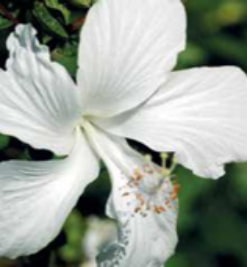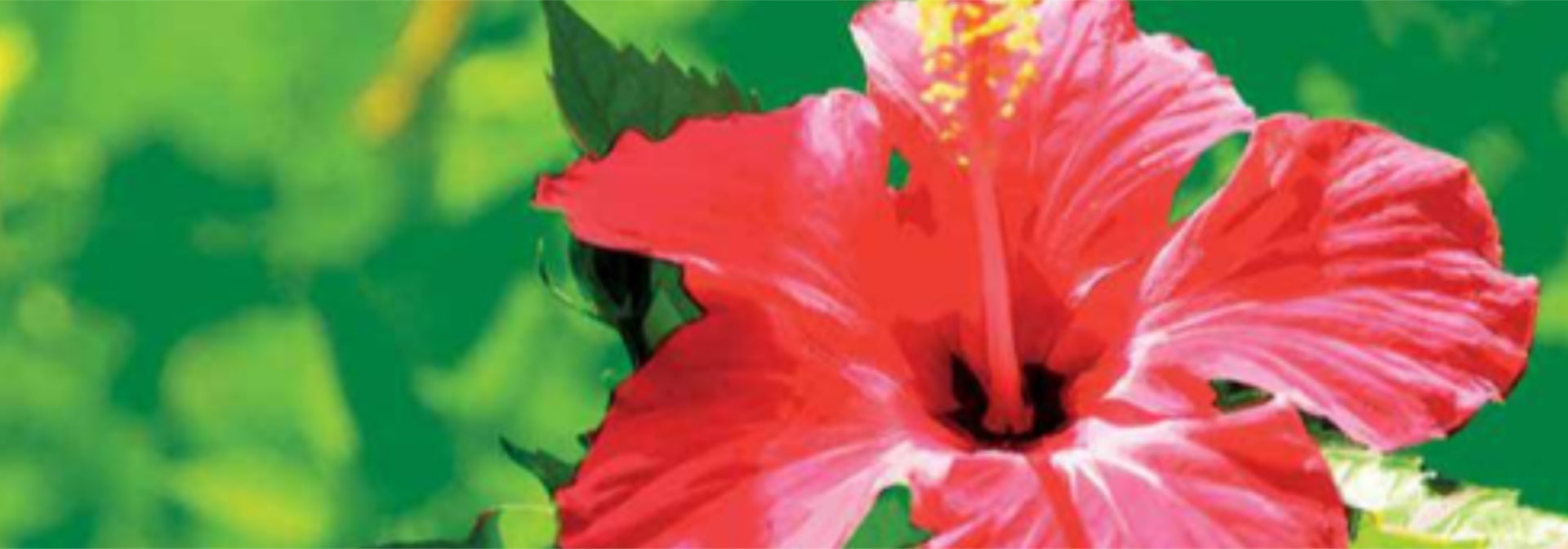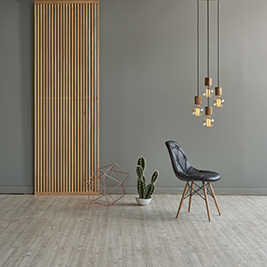Nothing exudes exotica like the beautiful hibiscus bloom. A plant of the tropical and subtropical regions, it is easily grown, hardy and beautiful.
If you’re looking to spruce up your garden with vibrancy and greenery, choose the hibiscus plant with its brightly-coloured blooms and dark green leaves. Hibiscus belongs to the mallow family, which includes hollyhocks, and even the bhindi plant. The reason why it grows so easily and profusely in our country is because it is a native plant. It originated from India and China, and later spread all over the world. But think beyond the traditional scarlet-flowered variety—today there are around 150 variations of hibiscus, thanks to hybridization (see “Colour and Variety” for our favourite picks).
Elementary Essentials
Hibiscus is basically a woody, multi-branched shrub, which can grow up to 6 feet tall. In its natural form, its flowers are red and magenta, but with hybridization now there are peach, white, yellow, and even mauve flowers. The flowers are either single or multi-petalled, giving you a wide variety to choose from. A very adaptable and hardy plant, it can bear a lot of neglect. In fact, in places like Mussoorie it even grows wild. This stunning plant is propagated from cuttings: take a foot-long firm stem, remove all the leaves except one to identify the colour with. Dip the stem in plant hormone powder, and put it in soil that is extra porous. In about three weeks new leaves will start sprouting.
Give this stem another week for the roots to become firm, and then the plant can be transferred to a small pot. After a few months have gone by, and the plant is stronger, it can be transferred to any part of the garden. Hibiscus needs to be pruned once every year during the monsoons, but do ensure that the pruning is shapely. Immediately after the rains, give the plant a generous dose of potash for prolific flowering.
Myriad Uses
This flowering shrub is very useful. Its flowers are used for making tea in many countries, and its leaves are used as a hair conditioner in South India and Sri Lanka. In West Bengal, hibiscus flowers are offered to the goddess Kali as a part of the prayer ceremony, especially during the Durga Puja, giving this plant some cultural relavance.

Colour and Variety
Here’s a list of the most stunning spins on the Hibiscus rosa-sinensis, apart from the common red.
PERCY LANCASTER
This hybrid is a small bushy plant.
HAWAII WHITE
With ivory-coloured flowers, this shrub is awe-inspiring.
HIBISCUS COLLINUS
With unusual double-toned, purple and mauve flowers, this one can brighten up any corner.
KALYANI
A tall variety, it flowers all year-round.
DAFFODIL
Not to be confused with daffodils of the Narcissus genus, this variety is simply brilliant with its eye-catching yellow flowers.
HIBISCUS MUTABILIS
Its unusual double-petalled flowers start as white, and change to red during the day.
KALI JABA
Tall with many branches, it bears flowers of a deep scarlet shade.
Home calculations made easy to help you plan your home
MISSED CALL
Give us a MISSED CALL for New Home Loan
- 09289200017


































